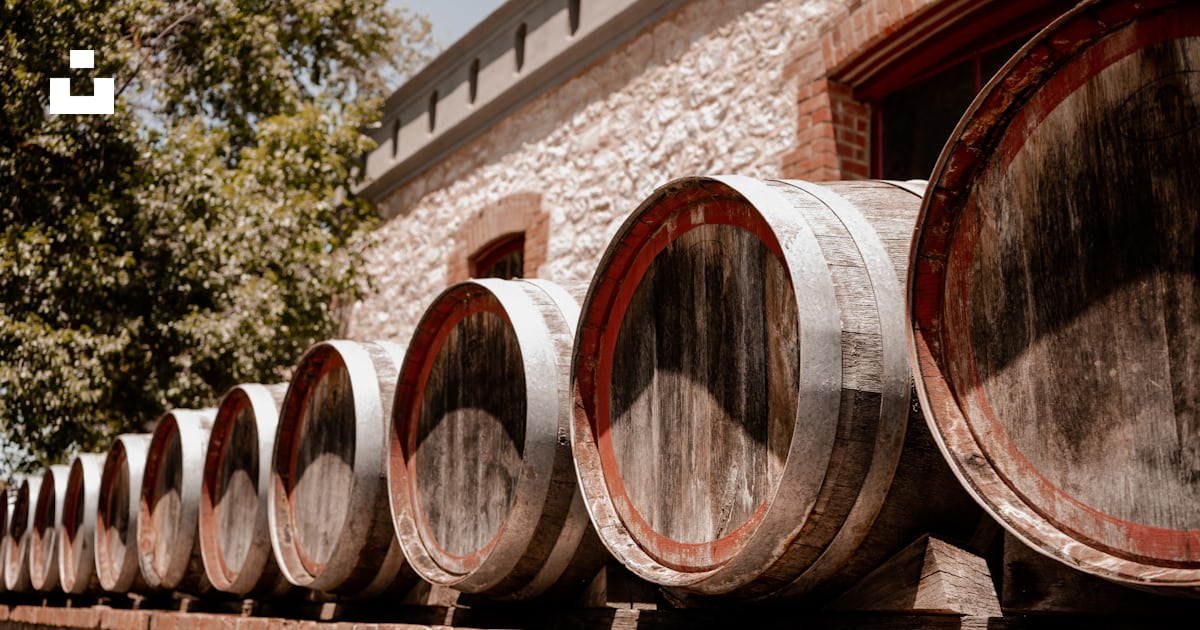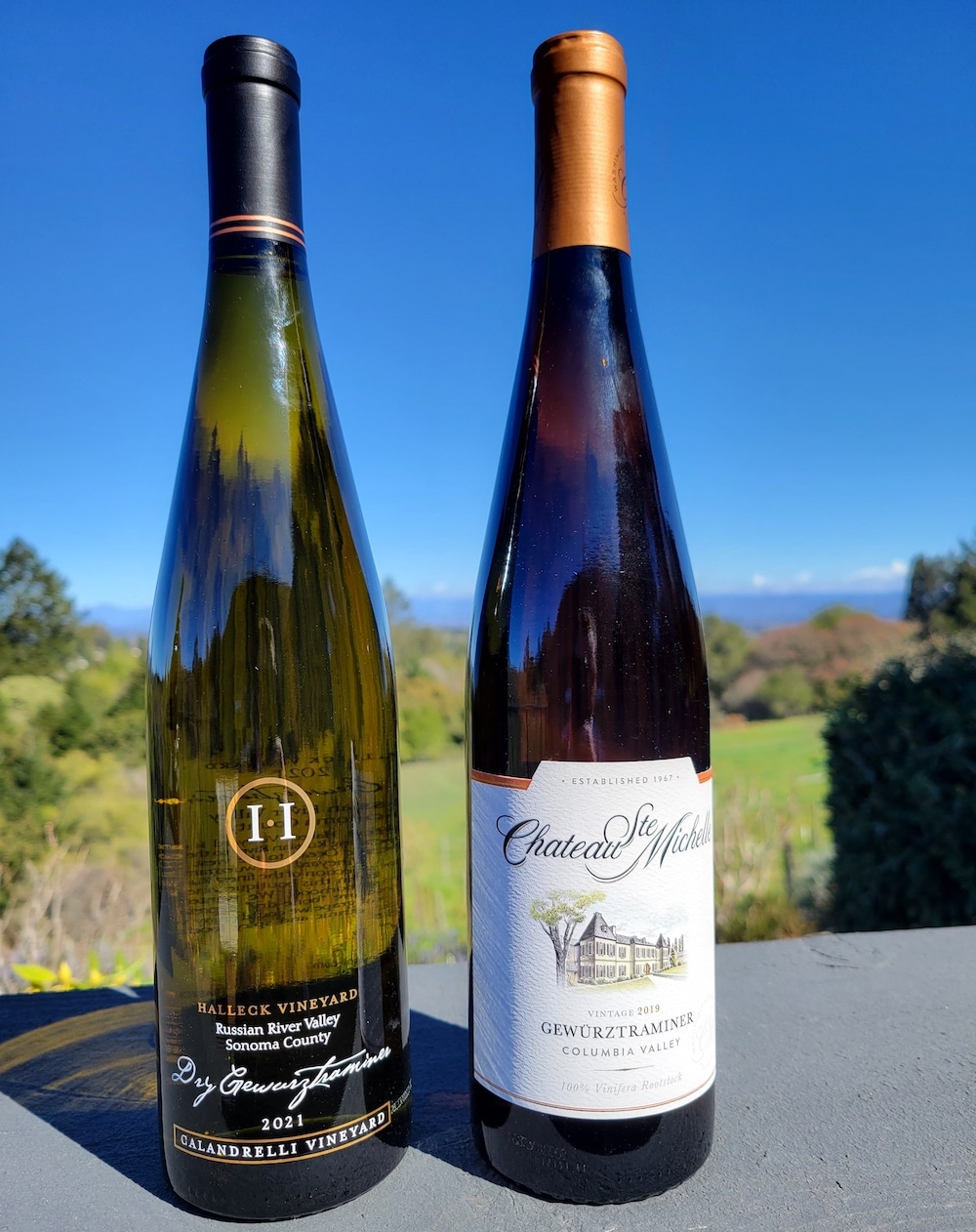Wineries With Scenic Views - Vineyards In The Sonoma Region
Wineries With Scenic Views - Vineyards In The Sonoma Region
Blog Article
Intimate Wine Tasting Experiences In Sonoma - Wineries To Explore In Sonoma Valley
Wine tasting is an art that requires practice and an understanding of varied aspects involved within the course of. One essential factor of wine tasting is the event and interpretation of tasting notes, which function a guide for each novices and seasoned connoisseurs. A Guide To Understanding Winery Wine Tasting Notes can improve your wine-tasting experience, making it extra significant and gratifying.

Tasting notes are concise descriptions that seize the essence of a wine’s flavors, aromas, and overall character. Often composed by professional tasters, winery tasting notes provide insights into the nuances of various wines. They might help wine enthusiasts perceive what to expect from a specific bottle. Nonetheless, tasting notes can vary extensively in style and element based on the writer's experience and palate.
Upcoming Wine Festivals In Sonoma County - Best Vineyard Visits In Sonoma
When you first method a glass of wine, your senses will start to engage immediately. The sight, smell, and style of the wine will converge to offer you an entire experience. Tasting notes generally start with the visual evaluation, where the colour of the wine is taken under consideration. Color performs a significant position in indicating the wine’s age, grape selection, and even its flavor profile.
After assessing the visual side, the subsequent step entails swirling the wine in the glass. This motion aerates the wine, permitting its aromas to awaken. Smelling the wine supplies critical perception into its complexity. The preliminary sniff can deliver a flood of scents which will embrace fruity, floral, herbal, or earthy notes. This is usually the most subjective part of tasting, as particular person experiences can dramatically differ.
In winery tasting notes, descriptors are sometimes categorized into major, secondary, and tertiary aromas. Major aromas usually stem from the grape selection, secondary aromas derive from fermentation processes, and tertiary aromas arise from growing older. Understanding these categories may help you respect the depth of a wine, they usually also provide the vocabulary to precise your experience better.
Wineries Ideal For Romantic Getaways - Sonoma Wineries With Vineyard Views
Following the olfactory encounter, your focus will shift to the style of the wine. This is the place the primary characteristics—sweetness, acidity, tannins, alcohol—come into play. Tasting notes usually element these flavors in multiple dimensions, together with the preliminary assault in your palate to the lingering end on your tongue. A high-quality wine will present a harmonious steadiness between these factors.
Whereas tasting, it's important to contemplate the body of the wine, which may be described as light, medium, or full. The body contributes significantly to your total impression, serving to you consider how the wine pairs with food or whether or not it stands alone as a sipping wine. Balancing the physique with the opposite traits will provide you with a fuller understanding of what the wine has to offer.
The end of the wine, also referred to as the aftertaste, is one other crucial facet typically included in tasting notes. A long, nice finish normally signifies a better high quality wine, whereas a short or cloying aftertaste could recommend otherwise. Evaluating the end can provide further perception into the wine's complexity and distinction.
Understanding the context of winery tasting notes is also useful. Tasting notes can present contextual information about the winery's location, climate, and grape-growing practices. This context adds another layer of appreciation for the wine, allowing enthusiasts to connect the sensory experience with its origins, thus enhancing the enjoyment further.
Wineries Promoting Wine Club Memberships - Vineyards Near Sebastopol
Many wineries present tasting notes on their websites or labels, often written in an approachable yet informative style. Nonetheless, not all winery tasting notes are created equal. Some may be overly technical, while others might prioritize marketing flair over insightful evaluation. Learning to navigate these notes can arm you with the data to make informed choices when choosing wines.
Taking Part in tastings at wineries can also deepen your understanding of wine tasting notes. Interacting with educated employees can provide you a extra hands-on method to exploring different wines and the language used to describe them. Historical Wineries To Visit In Sonoma. You May have the chance to ask questions, interact in discussions, and doubtlessly refine your palate in actual time.
Experimentation is important for mastering wine tasting notes. As you pattern completely different wines, try making your personal notes. Focus on describing the wine’s colour, aroma, taste, and end. Over time, you’ll develop a personal vocabulary that resonates along with your sensory experiences. Every note you create will help refine your palate, allowing you to appreciate wines at a deeper stage.
Wineries With Unique Varietals - Sonoma Wine Tasting Adventures
In conclusion, a Guide To Understanding Winery Wine Tasting Notes offers a comprehensive framework for diving into the world of wines. It equips you with the strategies and language necessary to articulate your experiences. Whether you are why not try this out a informal drinker or a devoted aficionado, understanding and using tasting notes can profoundly impression your wine journey. This data not solely enhances your enjoyment but additionally connects you deeply with the wealthy narratives every bottle tells. By embracing this journey, you turn into a part of the attractive mosaic of wine tradition, the place every sip unveils a model new story waiting to be discovered.
- Wine tasting notes usually embody a wide selection of sensory descriptions, together with aroma, flavor, acidity, physique, and finish, allowing tasters to fully appreciate the wine's characteristics.
- To improve your understanding, familiarize your self with widespread wine terminology similar to "tannins," "oakiness," or "terroir," which can help decipher the notes more successfully.
- A systematic method to tasting includes first visually assessing the wine's colour and clarity, adopted by swirling to launch aromas, then inhaling and describing what you experience.
- Taking notes during tasting can help identify patterns over time, bettering your palate and making it simpler to recall preferences for future choices.
- Don't overlook the affect of food pairings; tasting notes can differ significantly when a wine is enjoyed with complementary flavors, altering notion and pleasure.
- Pay consideration to the wine’s vintage, as climatic conditions in a given year can considerably have an result on the final product, adding another layer to the tasting notes.
- Contemplate the winemaker's style and philosophy, which may shape the wine's profile and impression how its notes evolve with each sip.
- Practicing with completely different grape varieties can broaden your vocabulary; every type brings distinctive characteristics that can improve your ability to articulate tasting notes successfully.
- Partaking with wine professionals or attending tasting events can provide useful insights, offering a richer context for understanding personal tasting notes.
- Bear In Mind that tasting is subjective; individual preferences and experiences will form one’s interpretation of the same wine, enriching the general enjoyment of wine exploration.
What are wine tasting notes?
Wine tasting notes are descriptive comments made by tasters concerning the look, aroma, taste, and end of a wine. They present an overview of the wine's traits and may help customers perceive the style and quality of the wine.
Off The Beaten Path Wineries In Sonoma - Exploring The Vineyards In Sonoma County
Why are tasting notes important when selecting wine?
Tasting notes can guide you in choosing a wine that fits your palate. They provide insights into flavors and aromas, serving to you to match wines with food or occasions. Understanding these notes enhances your total wine experience.
How should I read wine tasting notes?
(Wineries With Locally Sourced Food Options)
Vintage Wine Tasting Experiences In Sebastopol - Sonoma's Best Vineyards
When studying wine tasting notes, pay attention to the construction: search for descriptions of color, aroma, flavor, and end. This will allow you to grasp the wine's profile and determine if it aligns with your preferences.
What phrases commonly seem in wine tasting notes?
Common phrases include "tannin" (the structure), "acidity" (the crispness), "physique" (the weight), and various flavor descriptors like "fruity," "earthy," or "spicy." Familiarizing yourself with these phrases can deepen your understanding of wine.
Wineries With Artisan Chocolate Pairings In Sonoma - Sebastopol Wine Experiences

Am I Able To create my own tasting notes?
Yes! Writing your personal tasting notes can improve your wine tasting experience. Focus on your observations of style, aroma, and other sensory characteristics. This personal practice might help you refine your palate over time.
How do I determine the aromas in wine tasting notes?
Wineries Known For Sustainable Practices In Sonoma - Sonoma Wine Tastings
To determine aromas, practice smelling a wide range of scents and associating them with wines. Swirl the wine in your glass to release its aromas, then take a moment to breathe in deeply before identifying any outstanding scents.

What is the difference between professional and private wine tasting notes?
Professional tasting notes may use extra technical language and particular terminology, while personal tasting notes are subjective and mirror particular person experiences. Both are useful for understanding and having fun with wine, but personal notes might resonate extra together with your distinctive tastes.
How can tasting notes improve my wine appreciation?
Affordable Wine Tastings In Sonoma County - Exploring The Vineyards Of Sonoma
Tasting notes can improve your appreciation by helping you to know and articulate the complexities of wine. They encourage aware tasting and supply a framework for comparing different wines, resulting in a richer enjoyment of the beverage.
Are there any apps or instruments to help with wine tasting notes?
Sure, there are several apps designed to help customers document and arrange their tasting notes. These tools often offer features like Web Site flavor wheel guides and wine database searches, making it simpler to trace your journey by way of completely different wines. Report this page